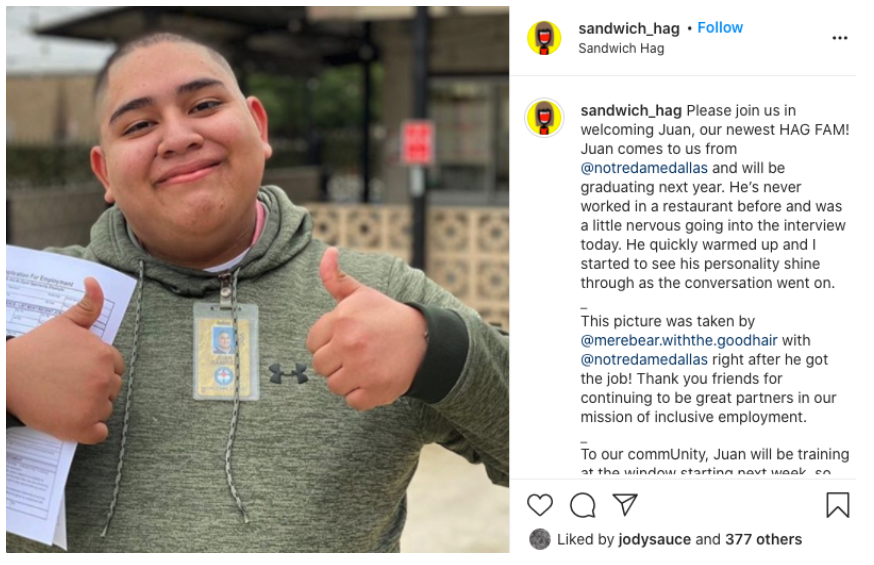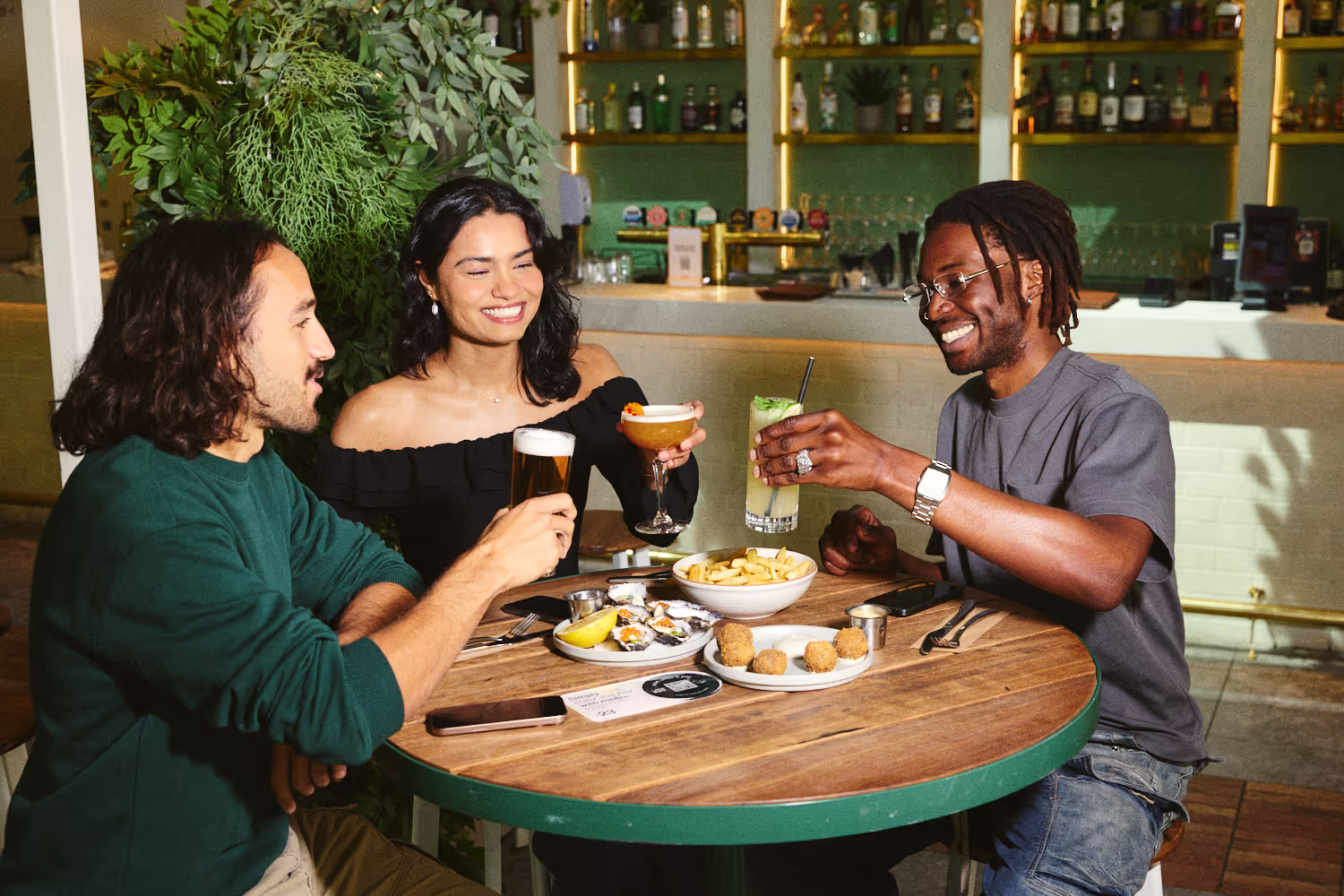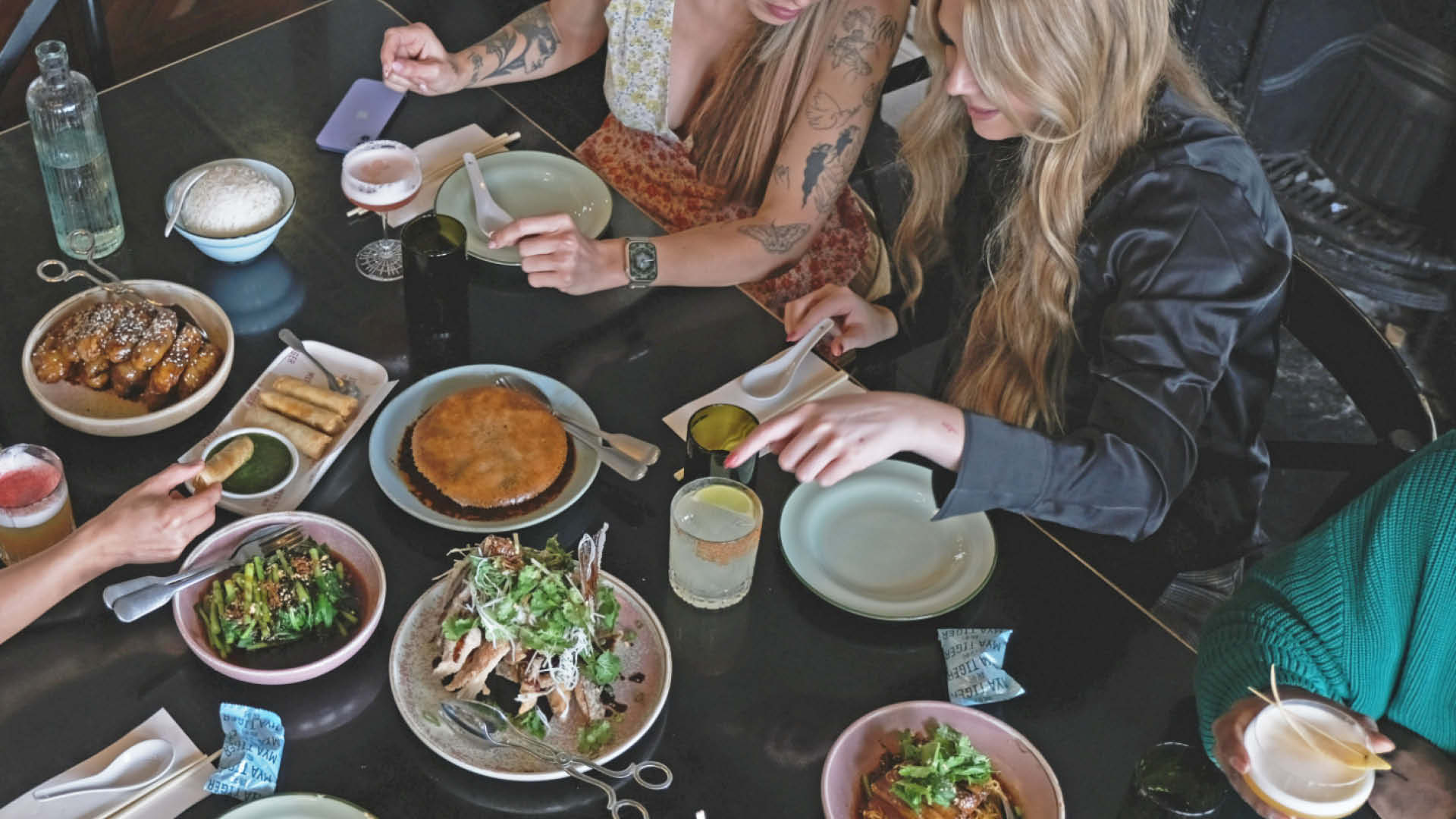The ultimate guide to social media marketing for your restaurant

The number of social media users have passed the 3.8 billion mark in 2020. If you're looking for a way to broaden your audience, then using social media is crucial to increasing your business opportunities.
We understand that as a restaurant owner, you are bombarded with a million other responsibilities. So, to further support you in this challenging time, we've asked for help from our friend Josh Klein from Social Status, Australia's no. 1 social media agency and a partner of me&u. These are his social media marketing tips and tricks that will drive tangible and measurable return on investment in six simple steps.
Step 1: Strategy
Strategy is a big word, and the process of creating it may seem daunting, but the core of it is simple. Ask yourself these three questions:
- What do you want to say?
For example, you are a venue with delicious and high-quality food who're struggling due to the COVID-19 pandemic. You might try asking for your customer base to support local venues by purchasing through you and me&u instead of third party services. The key to coming up with your message is not to overthink it. Feel free to use your personality and say what you need to say. It doesn't have to be perfect. - Who do you want to say it to?
The most straightforward answer is your target market. Who are they? As an example, perhaps your target audience are people who are living within a 5km radius, aged 22-37 of any gender, interested in takeaway/delivery food, restaurants, and dine-in. You will know more about who your customers are than we do. Simply think about your customers, and write down their characteristics, the more specific the better!
- What action do you want them to take?
Do you want them to visit your website? Perhaps you’d like them to see your gallery? Maybe you’d like them to book a ticket for this weekend’s comedy night? Whatever the case may be, make sure YOU know what you want and make it as easy as possible for your audience to access the information that they’re after
Step 2: Content
On social media, content is king. The key to mastering social media content is structure. Pick 3 or 4 content pillars in line with your answer from the first question of your strategy: What do you want to say? And create social media posts that promote this message.
For example, as a hospitality venue, your content pillars may look like this:
1. Product
Such as your food and beverages.

2. Team and People
Such as the history of your venue, brand, and the people within it.

3. Engagement
Content that is generally fun and interesting such as recipes or stereotypical yet hilarious memes meant to encourage the audience to interact with your venue.

Once you have your pillars sorted, all you need to do is to create a schedule for your social media posts. Consistency is key. You don't need to dedicate an entire day for hundreds of social media posts in a week. Simply assign one day per week for each content pillar, and you're good.
In addition, using a variety of images, graphic designs & videos engages the audience and diversifies your content. The good news is: you don't need to hire a professional graphic designer. Josh shared a fantastic tool called Canva, which will help you create professional-looking content even as a non-designer.
Step 3: Engagement
Engagement is the collective term for all the likes, shares, comments, follows, interactions, and video views by your audience. To start, focus your social media activity on driving likes, video views, and website clicks.
If you've established your social media following overtime, you might have already reached 1,000 or 2,000 followers, congrats! 🥳 But whether you have a following or not, you should always make use of social media boosting.
Engagement is where the answer to the second question: Who do you want to say it to? comes in handy. Take the characteristics of your customers and boost your content to your core audience. Invest $5-$20 per post to generate double-figure engagement and clicks, which will fuel the funnel for our next step.
Unfortunately, most businesses don't go past this step, this is the biggest reason why plenty of businesses fail to make a return on its social media marketing.
Step 4: Re-Marketing
Now that you have established your strategy, content, and engagement, you should have valuable data about your audience. You know where they live, amongst other characteristics, but most importantly, you should know that they have seen your content and interacted with it.
Focus on this subset. Don't try to market to everyone at once.
To focus your marketing, you need to create a custom audience on Facebook. Here are the steps:
- Go to Facebook Business Manager
- Go to Audiences
- Create a Custom Audience

Your custom audience should be based on the following characteristics in addition to your target customers:
- People who have visited your website in the last 30-60 days
- People who have engaged with your FB/IG in the last 30-60 days
- People who watched more than 25% of any videos that you posted
This core audience is what we're going to use to run the next step, which is a simple advertising campaign.
Step 5: Conversion Advertising
By completing the previous steps, you should now have built a solid foundation as your customers have interacted with you, seen you, and recognise you, making them more likely to click on your ad. Your conversion campaign will drive your core audience to your me&u platform using your core message such as supporting local venues or showcasing the quality of your food.
To create a conversion campaign on Facebook:
- Go to Facebook Business Manager
- Go to Ads Manager
- Create a Campaign
- Select Conversion Campaign
From here, it may seem daunting, but again, it's quite simple.
Who do you want to target? Your core audience.
How much do you want to spend in terms of targeting? Depends on your budget. We recommend you start off with at least $50 to give the facebook algorithm enough juice to work it’s magic.
We find that it's better to place your campaigns through multiple channels, such as Facebook, Instagram posts, stories, etc. It increases the likelihood of your advertisement reaching your core audience, and the more reach you have, the better.

For the content of your campaign, you should try to plug in a picture/video and write what you want to say, inserting your core message once more. Try not to stress over it. Say what you want from the heart, and be authentic and genuine. As long as your message is clear and is saying what it needs to, you'll be surprised at the number of sales that it generates.

Remember that your campaign is not just about informing your customers of your existence, but driving them to take action. Put your me&u link on your campaign, so the customers know what they need to do once they have seen your ad.
Step 6: Track & Measure
If you're spending money on social media campaigns, you'll probably be interested in the results and the return of your investment. One way to measure is the sales reports on me&u, but a more direct way of measurement is to analyse the campaign itself.
How much did you spend? How many people clicked through your ads? How many people made purchases? What is the dollar value of those purchases?
These are all critical questions for you to ask.
At a top-level, there are only two metrics that you need to track your spend & revenue. For example, for every $10 you spend, you make $75 of sales. Because the return on investment works linearly, this means that if you increase your spending to $100, you will earn $750 and if you increase it, even more, let's say $1,000, then you will make $7,500.
By tracking your spending and revenue, you can continue spending with confidence because you know that there will be tangible and measurable returns at the end.
The pursuit of growth is vital to the success of your venue. If you're operating on a 3:1 or even 2:1 spend to revenue, then try to spend more. Recognise that there is ample opportunity here, and by spending more and achieving that linear sales conversion, you can produce sales for yourself regularly and consistently.
Conclusion
Social media marketing is undeniably vital to driving revenue, especially with current events, as more and more people depend on social media for their source of information and socialisation. Set aside some time to create your social media strategy, content pillars, and engagement plans. Then, follow it up with remarketing and conversion advertising, all the while, tracking and measuring the performance of your return on investment.
By mastering these six simple steps, you will be ensuring that your social media marketing drives real and measurable results!










